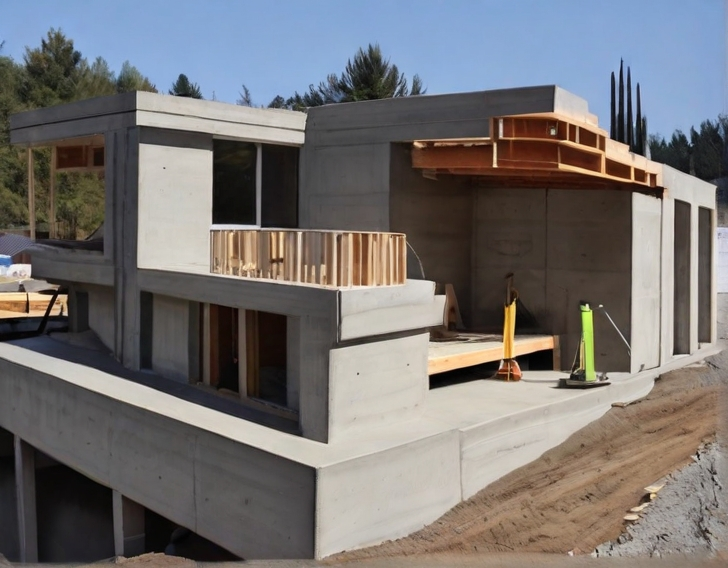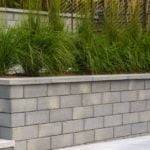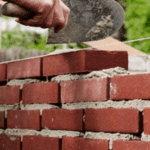In the dynamic world of construction and remodeling, the choice of materials plays a pivotal role in determining the success and longevity of a project. Among these materials, concrete stands out as a versatile, durable, and cost-effective option. That has been the cornerstone of construction for centuries. In this comprehensive guide, we’ll delve deeper into Concrete Services, exploring its properties, applications, and best practices for optimal results.
Understanding the Concrete Process
Concrete is a composite material composed of aggregates (such as sand and gravel), cement, and water. The process of creating concrete involves carefully proportioning. These ingredients to achieve the desired strength, durability, and workability. Here’s a brief overview of the concrete-making process:
- Mixing: Aggregates, cement, and water are combined in precise proportions to form a homogenous mixture.
- Pouring: The mixed concrete is then poured into molds or formwork, where it’s allowed to set and harden.
- Curing: After pouring, the concrete undergoes a curing process, which involves maintaining adequate moisture and temperature conditions to ensure proper hydration and strength development.
Five Common Uses of Concrete
Concrete’s versatility lends itself to a myriad of applications across different industries. Here are five common uses:
- Foundations and Footings: Concrete provides a stable and strong foundation for buildings, bridges, and other structures.
- Driveways and Walkways: Its durability makes concrete an ideal choice for surfacing driveways, sidewalks, and pathways.
- Structural Elements: Concrete is used to construct columns, beams, and slabs in building frameworks.
- Roads and Pavements: Many highways, streets, and airport runways are paved with concrete due to its strength and longevity.
- Decorative Features: Beyond its structural uses, concrete services can be molded and colored to create decorative elements like countertops, statues, and architectural facades.
Cement vs. Concrete:
While often used interchangeably, cement and concrete are distinct materials with different compositions and properties:
Cement:
Cement is a crucial component in Remodeling Services, as it is a fine powder derived from limestone, clay, and other minerals. When combined with water and aggregates, it functions as a binding agent, creating a paste that solidifies and effectively binds the aggregates together. This process plays a significant role in various remodeling projects, contributing to the overall strength and durability of structures.
Concrete:
Concrete, on the other hand, is the composite material formed by mixing cement, aggregates (such as sand and gravel), and water. When the cement paste binds the aggregates, it creates a solid and durable material.
Exploring Concrete Grades and Mixes
Concrete grades are standardized classifications that denote the strength and quality of the concrete mix. The strength of concrete is typically measured in pounds per square inch (psi). Here’s a breakdown of common concrete grades:
- Grade 20 (C20): Suitable for non-structural applications such as sidewalks and pathways.
- Grade 25 (C25): Commonly used for residential construction, including foundations and footings.
- Grade 30 (C30): Ideal for structural applications such as beams, columns, and slabs.
- Grade 35 (C35): Provides increased strength for heavy-duty structural elements and commercial projects.
- Grade 40 (C40): Used in high-stress applications where maximum strength is required. Such as bridges and high-rise buildings.
Understanding the 1-2-3 Mix Ratio
The 1-2-3 mix ratio is a simple method for batching concrete ingredients by volume. It consists of:
- 1 part cement
- 2 parts sand
- 3 parts gravel or crushed stone
This mix ratio is commonly used for small-scale projects and provides a balance of strength, workability, and economy.
PSI in Concrete: What Does It Mean?
PSI, or pounds per square inch, is a measure of the compressive strength of concrete. It indicates the maximum load or stress a concrete specimen can withstand before failure. The PSI rating of concrete varies depending on its grade and intended use. Higher PSI values indicate greater strength and durability.
Concrete Grades:
In summary, concrete Services is a versatile and indispensable material in the construction and remodeling industry. Its manufacturing process involves mixing aggregates, cement, and water, followed by pouring and curing. Concrete finds widespread use in foundations, driveways, structural elements, roads, and decorative features. Understanding the distinction between cement and concrete is crucial. As is knowing the various grades and mix ratios for different applications.
Whether you’re embarking on a DIY project or overseeing a large-scale construction endeavor, having a solid understanding of concrete fundamentals will ensure the success and longevity of your project.
For professional concrete services tailored to your specific needs, visit Buildsmore Construction. Their team of experts specializes in delivering high-quality concrete solutions for residential and commercial projects alike.
By incorporating these insights into your next construction venture. You’ll be well-equipped to harness the full potential of concrete as a building material.











